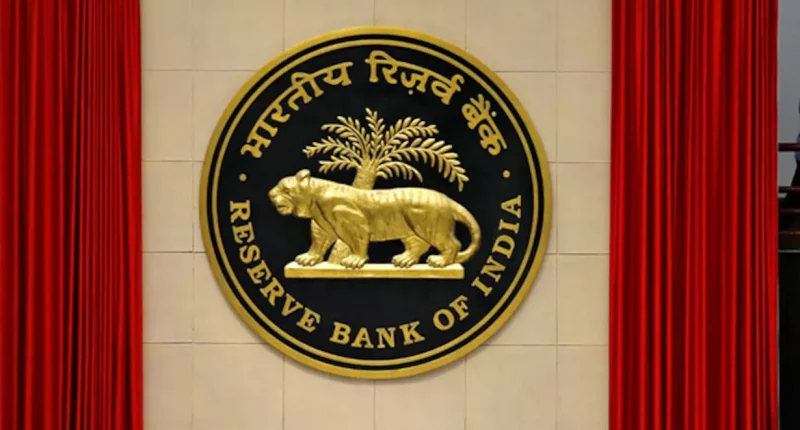On Tuesday, the Reserve Bank of India (RBI) specified a four-tier regulatory structure for the Urban Co-operative Banks (UCBs) based on the size of deposits. It accepted the recommendation of the expert committee constituted to suggest changes to strengthen the sector.
The RBI constituted the committee in February last year, headed by the former deputy governor N S Vishwanathan, to suggest a faster resolution of UCBs, examine issues in the urban co-operative banking sector and provide a medium-term roadmap.
The committee recommended a four-tier regulatory framework based on deposit size and their area of operation. The differentiated regulatory approach was recommended for parameters such as Capital to Risk-weighted Assets Ratio (CRAR), net worth, exposure limits and bank expansion. The RBI invited comments for the report submitted by the committee and has been examining it for implementation along with factoring in the feedback received.
On Tuesday, the RBI accepted many recommendations submitted by the committee in its report. Accordingly, the RBI has decided to adopt a simple four-tiered regulatory framework with differentiated regulatory prescriptions for strengthening the financial soundness of the UCBs.
It has stipulated a minimum net worth of Rs.2 crore for Tier 1 UCBs in a single district and Rs.5 crore for other tiers of UCBs. The RBI expects this measure to strengthen the banks’ financial resilience and enhance the ability to fund their growth.
As of 31 March 2021, most UCBs are already complying with the minimum net worth requirement. The RBI has provided a glide path of five years to the UCBs that are not meeting the requirement for achieving it.
The RBI has retained the minimum CRAR requirement for Tier 1 banks at the current level of 9%. For Tier 2, 3 and 4 UCBs, the RBI decided to revise the minimum capital adequacy ratio to 12% while retaining the current capital adequacy framework to strengthen the capital structure.
As of 31 March 2021, most UCBs (1,274 out of the total 1,534) have a capital adequacy ratio of over 12%. The RBI provided a glide path of three years for the banks which do not meet the revised CRAR to achieve it in a phased manner.
The RBI decided to introduce an automatic route for the branch expansion to UCBs that meet the revised Financially Sound and Well Managed (FSWM) criteria. The RBI will permit them to start new branches up to 10% of the number of branches as of the previous fiscal year-end. The RBI has also decided to assign the risk weights based on the Loan to Value (LTV) Ratio alone regarding housing loans applicable to all UCBs tiers, resulting in capital savings.
For any clarifications/feedback on the topic, please contact the writer at mayashree.acharya@clear.in

I am an Advocate by profession. I interpret laws and put them in simple words. I love to explore and try new things in life.




